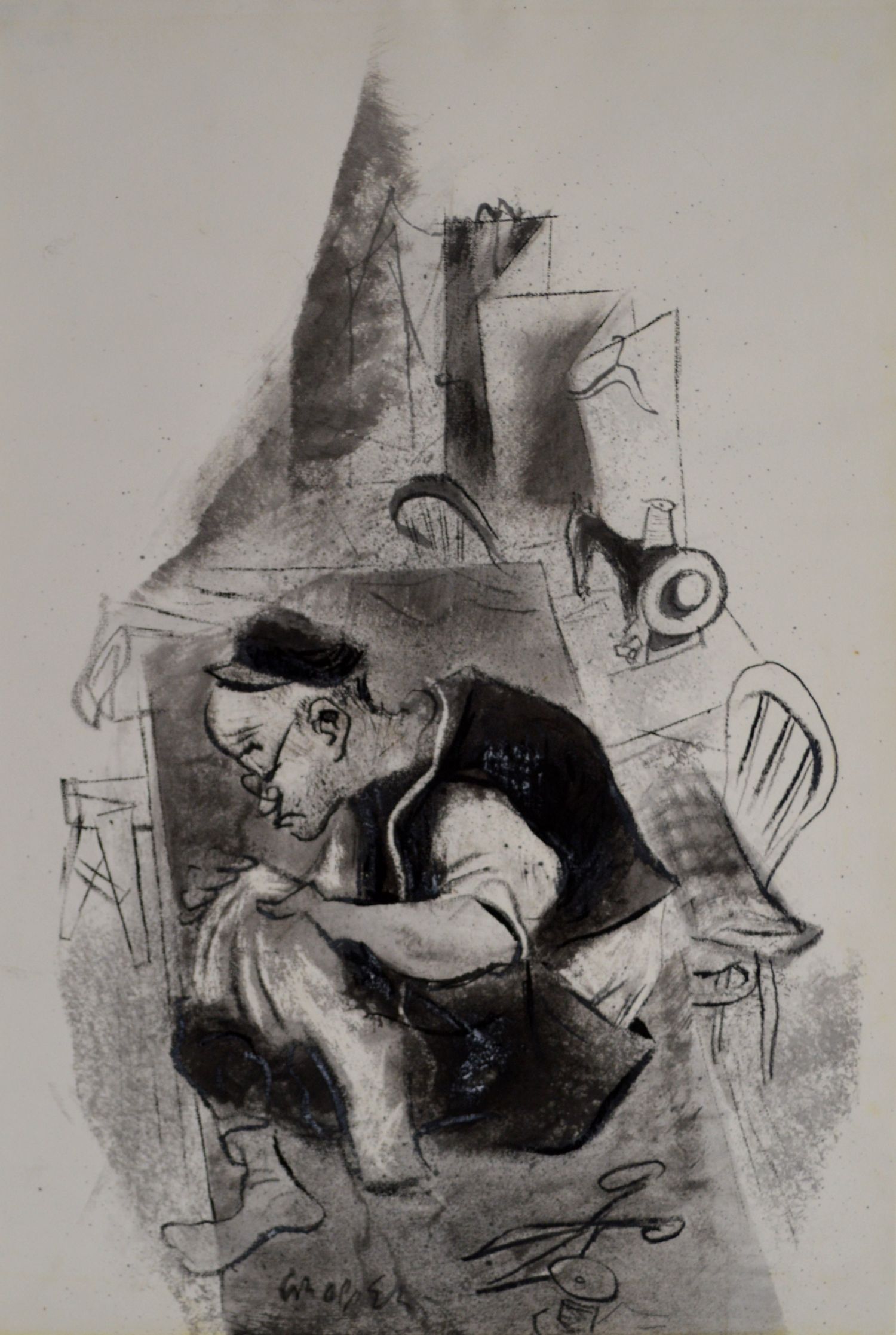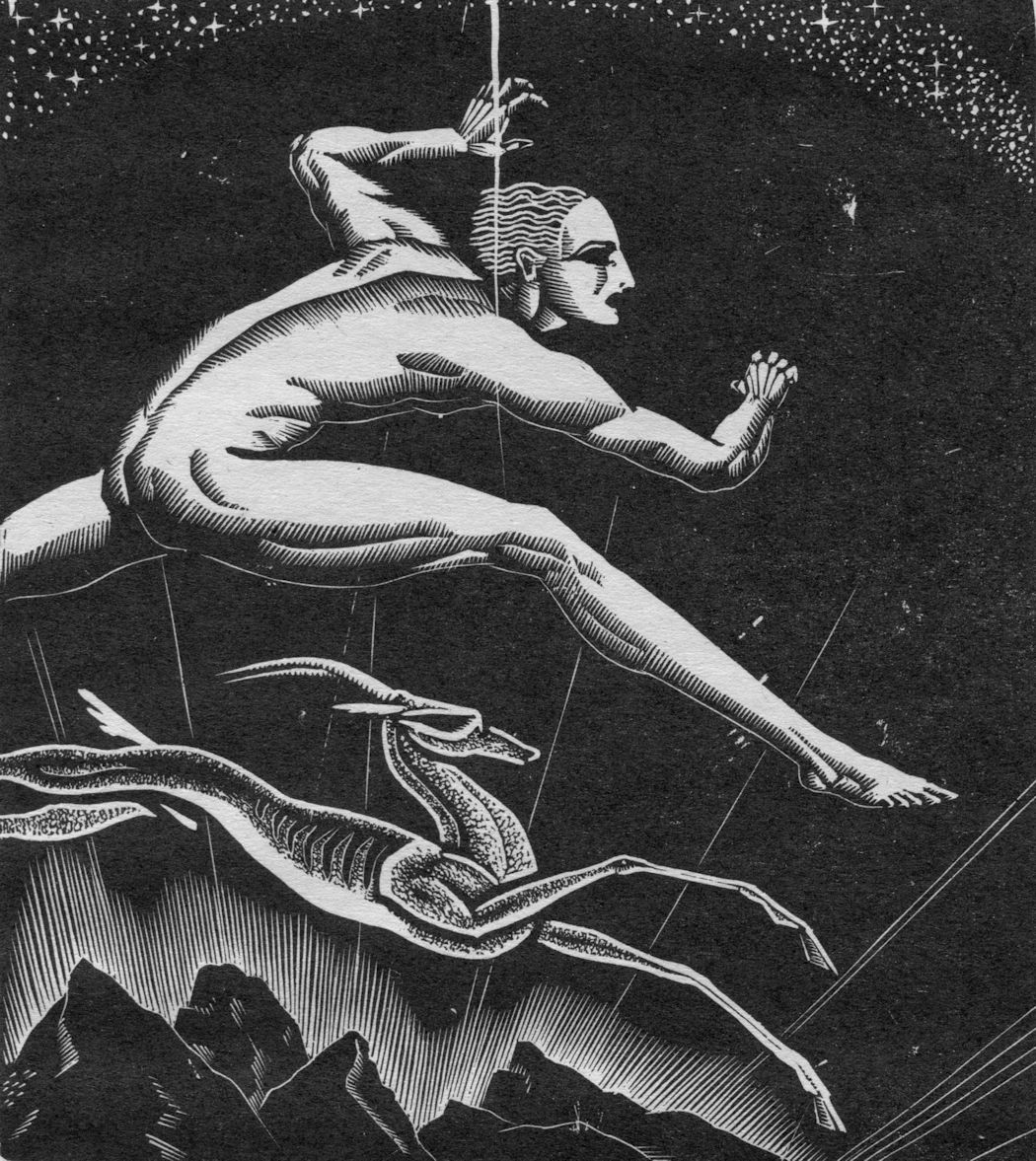William Victor Gropper (1897 – 1977)
Painter, muralist and lithographer William Gropper, the son of Romanian Jewish immigrants and the eldest of six children, was raised in extreme poverty on Manhattan's Lower East Side. The Darwinian exploitation of immigrants in early Twentieth Century America was a particularly painful and cruel experience for William, whose university-educated and multilingual father was compelled to earn a meager living doing piecework at home for sweatshop employers in the garment industry. The loss of a favorite aunt in the Triangle Shirtwaist fire of 1911 further hardened Gropper's radical political views.
His natural artistic talent led to early instruction at the Ferrer School in New York, where he studied under both George Bellows and Robert Henri. At the age of 16, Gropper received a scholarship to the National Academy of Design but was expelled because of his defiant behavior, but two years later he received a scholarship to the New York School of Fine and Applied Arts under Frank Parsons, and there he gained recognition for his talent, leading to a staff position on the New York Tribune, where he worked for several years.
Gropper naturally gravitated to The Masses and its staff talented artists. In 1917, following the Post Office's ban on that magazine due to its aggressive pacifism, Gropper joined the staff of its successor, The Liberator, and contributed work to several other radical publications and to several mainstream periodicals including The Bookman and The Dial. During the Great Depression, Gropper found work as a muralist in the W.P.A. Federal Artists' Project and also produced freelance art with strong anti-fascist themes. Despite his blacklisting following testimony before the House Un-American Activities Committee in 1953, William Gropper was elected an Associate Academician of the National Academy of Design in 1974; He died at Manhasset, New York.

The Little Tailor
Original pastel drawing, ca. 1955. Overall sheet size 16½" x 24½. Signed by Gropper in the lower image area. Fine overall condition.
In 1955, Dodd, Mead & Company published The Little Tailor, written and illustrated by Gropper. This image in all probability a preliminary drawing for the project. It bears strong stylistic resemblance to the illustrations in the book, but it does not appear there. The book, incidentally, is a charming and emphatically hopeful portrayal of the American immigrant experience.
$1,275

Johnny Appleseed
Lithograph, 1941; edition not stated. Image size 8-7/8” x 13¼; sheet size ”12¼” x 15¾”. Signed in the stone and in pencil by the artist in the lower margin. A richly inked impression of this iconic American character in fine overall condition.
$275
